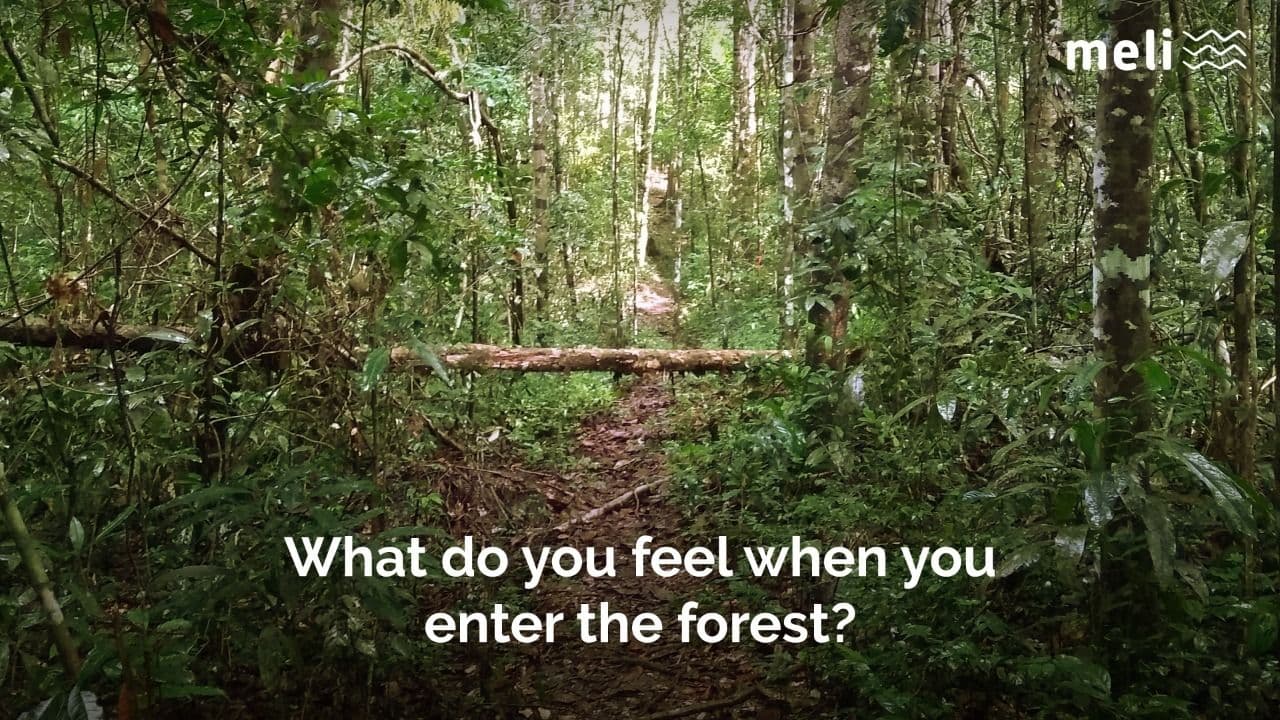Author: Gabriel Costa
Leia em português. Auf deutsch lesen.
It was a hot and stuffy August morning, the motorboat glided, in a not very smooth manner, over the coffee-coloured waters of Caixuanã River Bay, Melgaço, Pará. On the banks, the large trees behind the fine sandy beaches were like the impenetrable walls of a new Constantinople. The poet Pablo Neruda’s verses came to my mind between bumps of water: “I am the son of one the greatest lonelinesses in the world (…)”.
But this brief frightening notion of the Amazon as a “green hell” was quickly overcome. The “impenetrable walls” fell in the face of the abundant piers and wooden houses that began to appear at the end of the bay. Within them, the prosaic scenes of the Amazonian man could be seen, his hammocks, chairs, TV and internet antennas, children playing and old people watching the coming and going of the boats. The Amazon is, in fact, an urban forest, as the geographer Berta Becker once said.
When we arrived at the station’s iron pier, a sensation hovered over my head; although I am Amazonian and have already graduated in biology, I had never gone that deep into the jungle before.
The nearest biggest town was Portel, five or six hours by boat from where I was, though there were a number of villages and communities within the National Forest of Caxiuanã, created in 1961 and site of the convenient advanced base and Goeldi Museum, the ecological station Ferreira Penna, the site of this field course that had led me there.
However, I will not deal with scientific aspects here. I am going to deal with a more intimate experience, which everyone who visits the Amazon should have: the entrance into the forest. An apparently trivial act, but in my opinion, it has great repercussions and ends up changing the way we see nature. The first impression I had was that everything seemed to behave like a great living organism, feeding on the heat and energy of the sun, breathing deeply in abundant humidity; in fact, the transpiration of Amazonian plants generates a great part of the rainfall in South America and reproduces itself in a disconcerting abundance of forms.
Trees that were 40 meters tall touched each other’s crowns, as if they were holding hands, and shared their shadows with all sorts of vines, palm trees, and grasses. Everything was connected and the jungle was giving us the impression that it was receiving us together with its sentinels: the singing of the screaming pihas (Lipaugus vociferans), the ant bites, the occasional curious look of monkeys and marmosets and perhaps maybe even of the legendary figures of the mother of the forest or the matinta. It’s not difficult to get carried away by common stories of mythical sightings. Strangely enough, when walking on those trails that were also trodden upon by jaguars, armadillos, quatis, bush hogs, alligators, lizards, and bush dogs, I felt at home. Night, which falls fast in those low latitudes, brought other impressions that were more synesthetic than visual. The forest has a smell of its own: a cornucopia of scents, of the big and fragrant flowers that open to attract bats, even the soil, wet by the almost constant rain. All this cradled in the sounds of frogs, insects, and birds. The darkness is total. The ground, covered with a thick layer of leaves, seems to move with the myriad of spiders and insects that run over it. And that alone is not as amazing as the dense starry sky, far away from the light pollution of the cities.
Two weeks passed living with the daily experience of these unique sensations amid a tiring work routine. But beyond the small cuts, scratches, and insect bites, the stay in the station and the walks in the forest left me with other marks. I began to understand why traditional cultures consider nature to be sacred. When you witness the lives, the particular tragedies and the small glories of the cycles of life and death in the Amazon on a daily basis, it is easy to to reflect on the very smallness of man facing such diversity. A perception that is lacking in such a “modern” Western civilization. Concluding this chronicle, humankind is left with the realisation that it is not possible to survive in the forest, but rather to live – as Indigenous peoples have been doing for thousands of years before the Europeans – with the jungle, recognising its place and its smallness in the first place.
I recommend to all who can to experience the same.
Photo reference: Cezar Favacho, Caxiuanã National Forest
Great you’re checking our blog!
You can keep in touch with us via here
Or find us at Linkedin, Facebook, Twitter or Instagram
www.meli-bees.org
❤️


2 Replies to “Meli Chronicles: What do you feel when you enter the forest?”